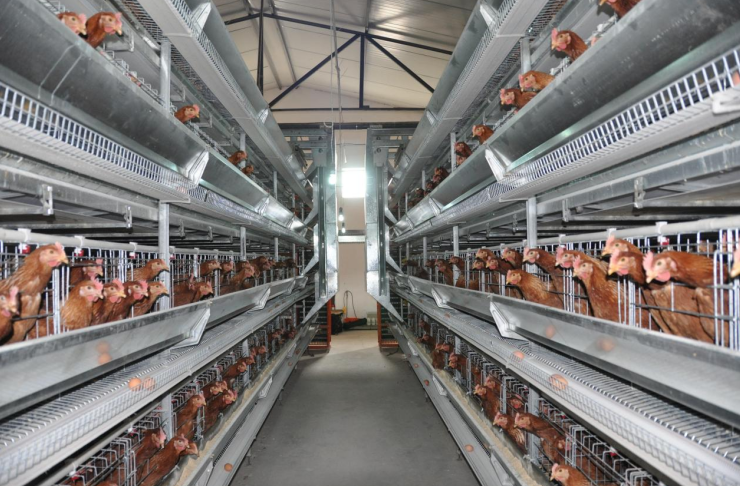wire cages for chickens
Sep . 23, 2024 00:11 Back to list
wire cages for chickens
Wire Cages for Chickens A Comprehensive Overview
When it comes to raising chickens, one of the key decisions that poultry farmers must make is the type of housing that will best suit their flock. Among the various options available, wire cages have emerged as a popular choice, especially for those aiming for efficient production in a confined space. This article delves into the benefits, drawbacks, and best practices regarding wire cages for chickens.
Benefits of Wire Cages
1. Space Efficiency Wire cages allow farmers to maximize their space, providing a compact environment that can house multiple birds while ensuring access to essential resources such as food and water. This is particularly advantageous for urban or suburban chicken keepers who may have limited outdoor areas.
2. Improved Hygiene The design of wire cages facilitates better waste management. Droppings fall through the wire flooring, which helps reduce the buildup of waste. This can significantly minimize the likelihood of disease outbreaks, as less litter means that the environment remains cleaner and healthier for the birds.
3. Protection from Predators Wire cages provide a secure environment for chickens, keeping them safe from predators. Whether it’s raccoons or birds of prey, a well-constructed wire cage can deter many potential threats, giving farmers peace of mind.
4. Ease of Management Raising chickens in wire cages simplifies daily tasks, such as feeding and collecting eggs. The layout often allows for easy access, making it quick for farmers to check on their birds and maintain their facilities.
Drawbacks of Wire Cages
Despite their advantages, wire cages also come with certain drawbacks that chicken farmers should consider.
wire cages for chickens

1. Limited Space for Movement One of the biggest criticisms of wire cages is that they can restrict a chicken’s natural behaviors. Chickens in cages have limited space to roam, scratch, and forage, which can lead to stress and negative behavioral changes.
2. Health Concerns Chickens kept in wire cages may face health issues related to their confinement. The lack of space can lead to conditions like obesity and weakened bones. Additionally, the wire flooring can sometimes cause injuries to their feet if not designed properly.
3. Higher Initial Costs Setting up a wire cage system can be more expensive initially than traditional coops. While it may save space in the long run, the upfront investment can be a deterrent for small-scale farmers.
Best Practices for Using Wire Cages
To make the most out of a wire cage system, poultry farmers should adhere to best practices that enhance the well-being of their chickens
1. Choose the Right Size Ensure that the cages are spacious enough to allow for comfort and minimal movement restrictions. Providing adequate space helps mitigate many health and behavioral issues.
2. Supplementary Enrichment To combat the drawbacks of confinement, incorporate enrichment activities such as hanging vegetables, providing pecking toys, or allowing access to outdoor runs when possible. These additions can mimic natural behaviors and improve the overall quality of life for the chickens.
3. Regular Maintenance Regular cleaning and maintenance of the cages are essential to prevent disease and maintain hygiene. Implementing a structured cleaning schedule can help ensure a healthy environment.
In conclusion, while wire cages for chickens offer numerous benefits, including space efficiency and improved hygiene, they also pose challenges that cannot be overlooked. With mindful management and a commitment to animal welfare, poultry farmers can successfully utilize wire cages and support the health and productivity of their flocks.
-
Hot Sale 24 & 18 Door Rabbit Cages - Premium Breeding Solutions
NewsJul.25,2025
-
Automatic Feeding Line System Pan Feeder Nipple Drinker - Anping County Yize Metal Products Co., Ltd.
NewsJul.21,2025
-
Automatic Feeding Line System Pan Feeder Nipple Drinker - Anping County Yize Metal Products Co., Ltd.
NewsJul.21,2025
-
Automatic Feeding Line System - Anping Yize | Precision & Nipple
NewsJul.21,2025
-
Automatic Feeding Line System - Anping Yize | Precision & Nipple
NewsJul.21,2025
-
Automatic Feeding Line System-Anping County Yize Metal Products Co., Ltd.|Efficient Feed Distribution&Customized Animal Farming Solutions
NewsJul.21,2025






